Best practice amps 2025: the best amps for guitar practice
Onboard effects, digital modelling, valves? Here are the best practice amps for guitar, with options from Yamaha, Positive Grid, Fender, Line 6 and more
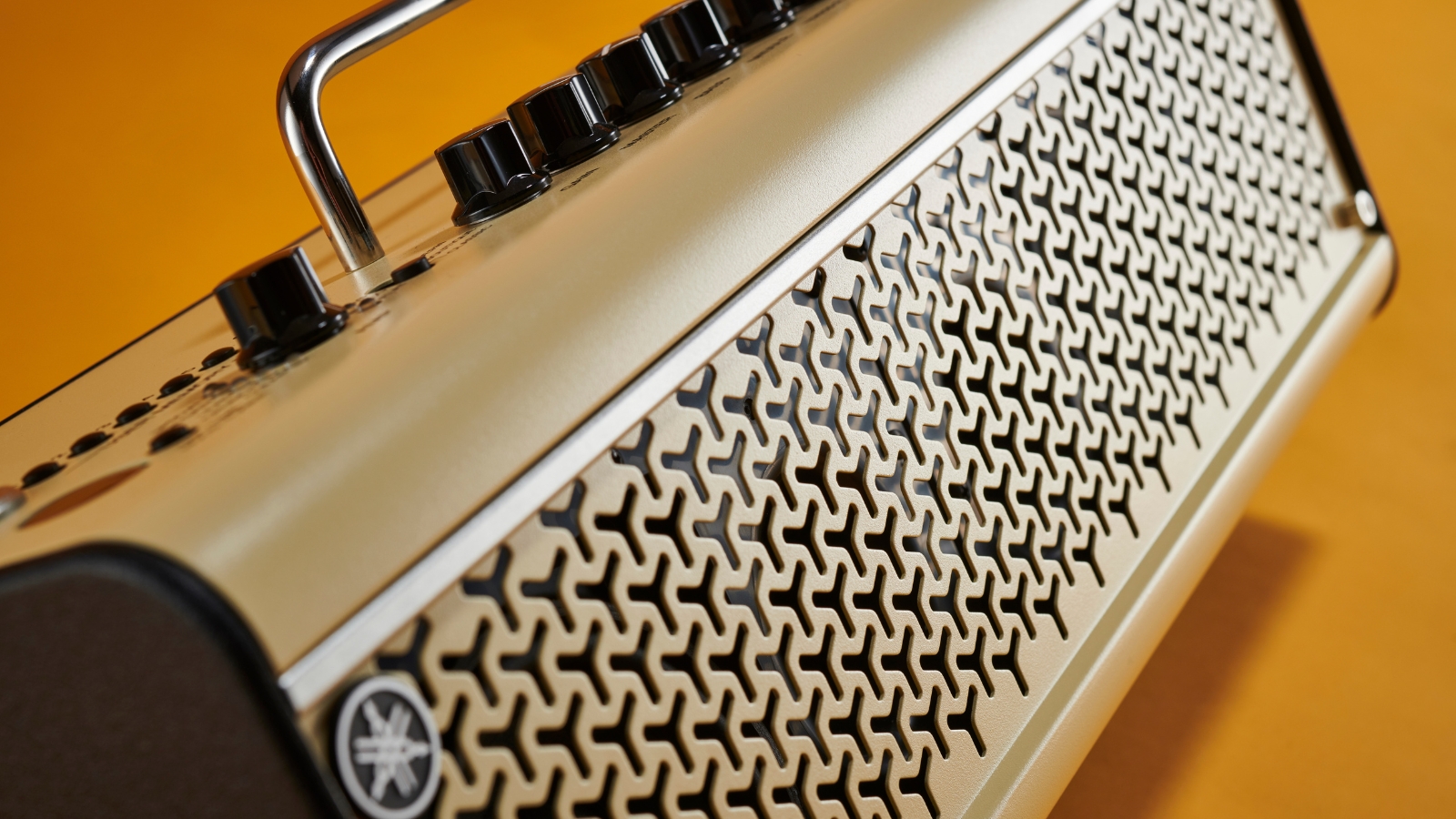
1. The quick list
2. Best overall
3. Best for versatility
4. Best tube amp
5. Best for simplicity
6. Best budget option
7. Best compact amp
8. More options...
9. Buying advice
10. How we choose products
Blasting your amplifier is always a joyous experience but for those who have to live with us guitarists, it’s not always what you want when you’re trying to do your homework, watch TV, or just get some well-earned rest after a long day at work. Thankfully for lovers of loud guitar tones and those who have to live with us, the best practice amps will enable you to play as often as you like without having to annoy anyone.
Practice amps used to be a bit of a joke in the guitar community, but thanks to the advent of modelling technology, you can now get your hands on a huge array of vintage and modern tones that sound just as good as their larger and louder counterparts. It’s now a super competitive market, with many major amp brands like Fender, Orange, and Vox all offering options for the practicing guitar player.
If you’re new to guitar amps we’ve got loads of great buying advice at the bottom of this article, with common questions answered by our expert writing team of guitar geeks. If you just want to see the best practice amps you can buy today, keep scrolling for our top picks…

Jonathan Horsley has been writing about guitars and guitar culture since 2005, playing them since 1990, and regularly contributes to MusicRadar, Total Guitar and Guitar World. He uses Jazz III nylon picks, 10s during the week, 9s at the weekend, and shamefully still struggles with rhythm figure one of Van Halen’s Panama.
Best practice amps: The quick list
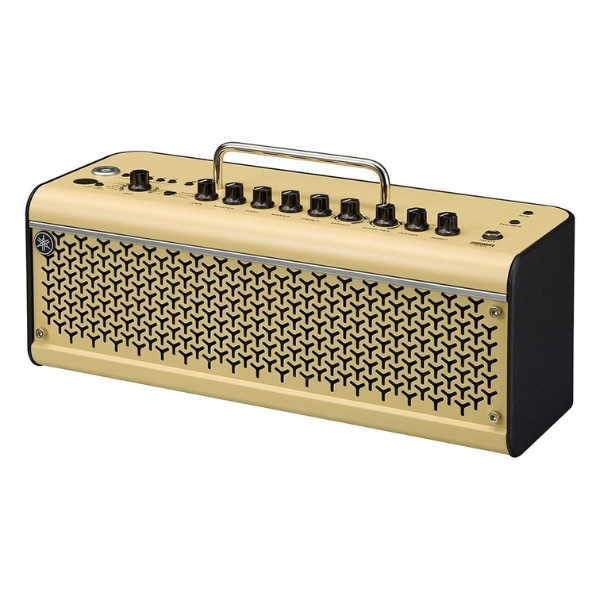
The Yamaha THR30II is an updated version of one of the original desktop amps, and it makes a phenomenal practice amp thanks to its great tone and convenient design.
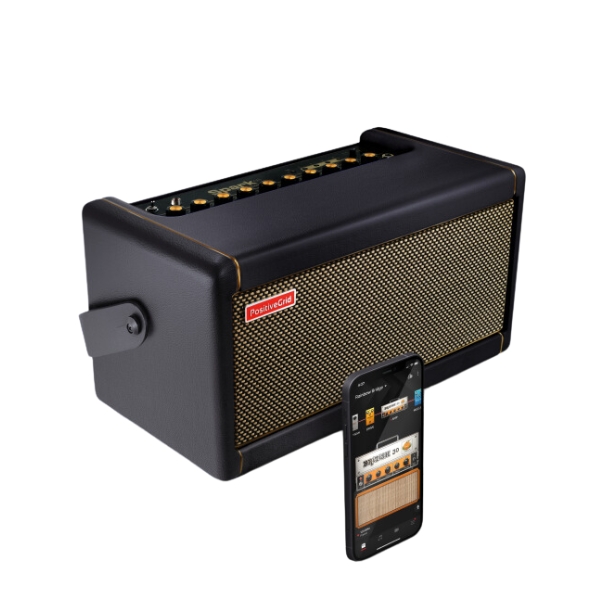
The original Positive Grid Spark 40 is still one of the best practice amps money can buy thanks to its huge range of sounds and useful practice tools.
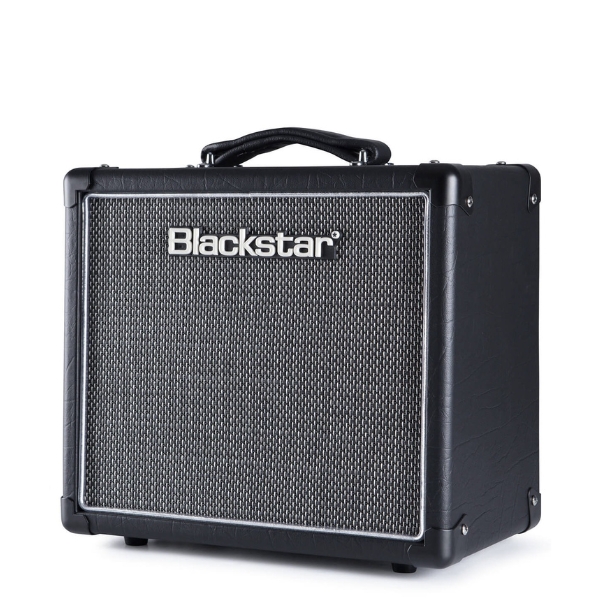
If you're a tube tone lover, the Blackstar HT-1R MkII delivers that luscious valve amp sound but won't blow the neighbours away. A direct out makes it a silent practice option too.
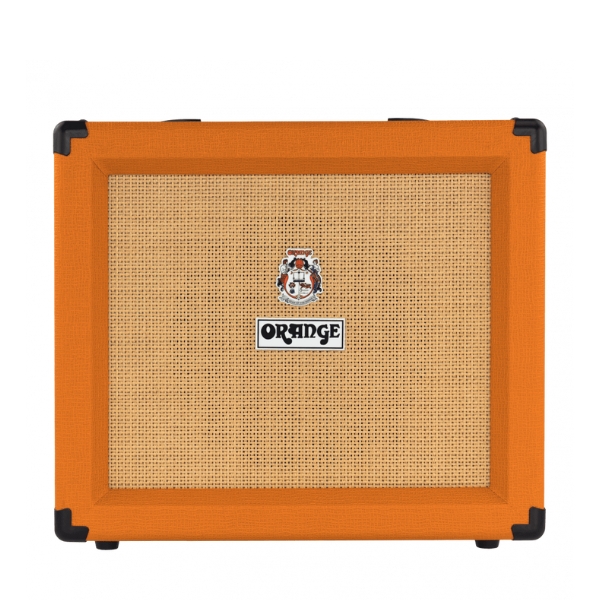
If you don't want to mess around with smartphone apps and firmware updates, the Orange Crush 35RT delivers the traditional usability of an amp with some incredible tones.
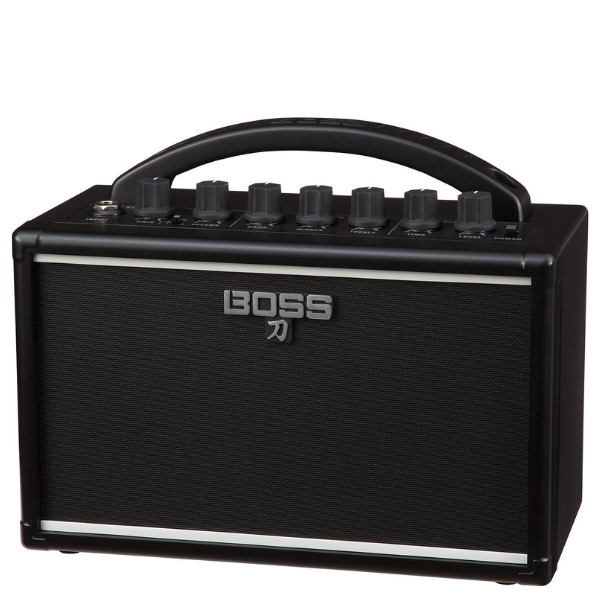
If you're tight on cash but still want great tone, the Boss Katana Mini lets you have your cake and eat it, combining a compact form factor with a big sound that's unbelievably great value.
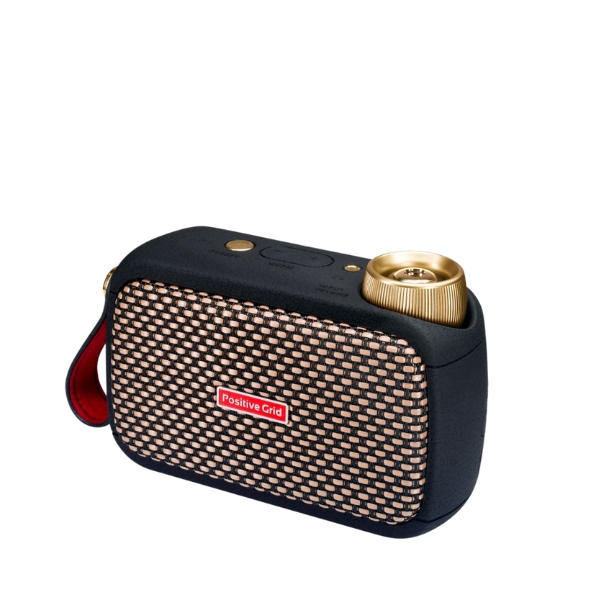
It really doesn't get much smaller than the Positive Grid Spark Go, so if you want a practice amp that doesn't take up much room and you can take anywhere, it's miles ahead of the rest.
The best practice amps available today
MusicRadar's got your back
Here you'll find full writeups and reviews of all our favourite practice available right now. Many of these have been personally tested by our expert writing team, so you can rely on our recommendations.
Best overall
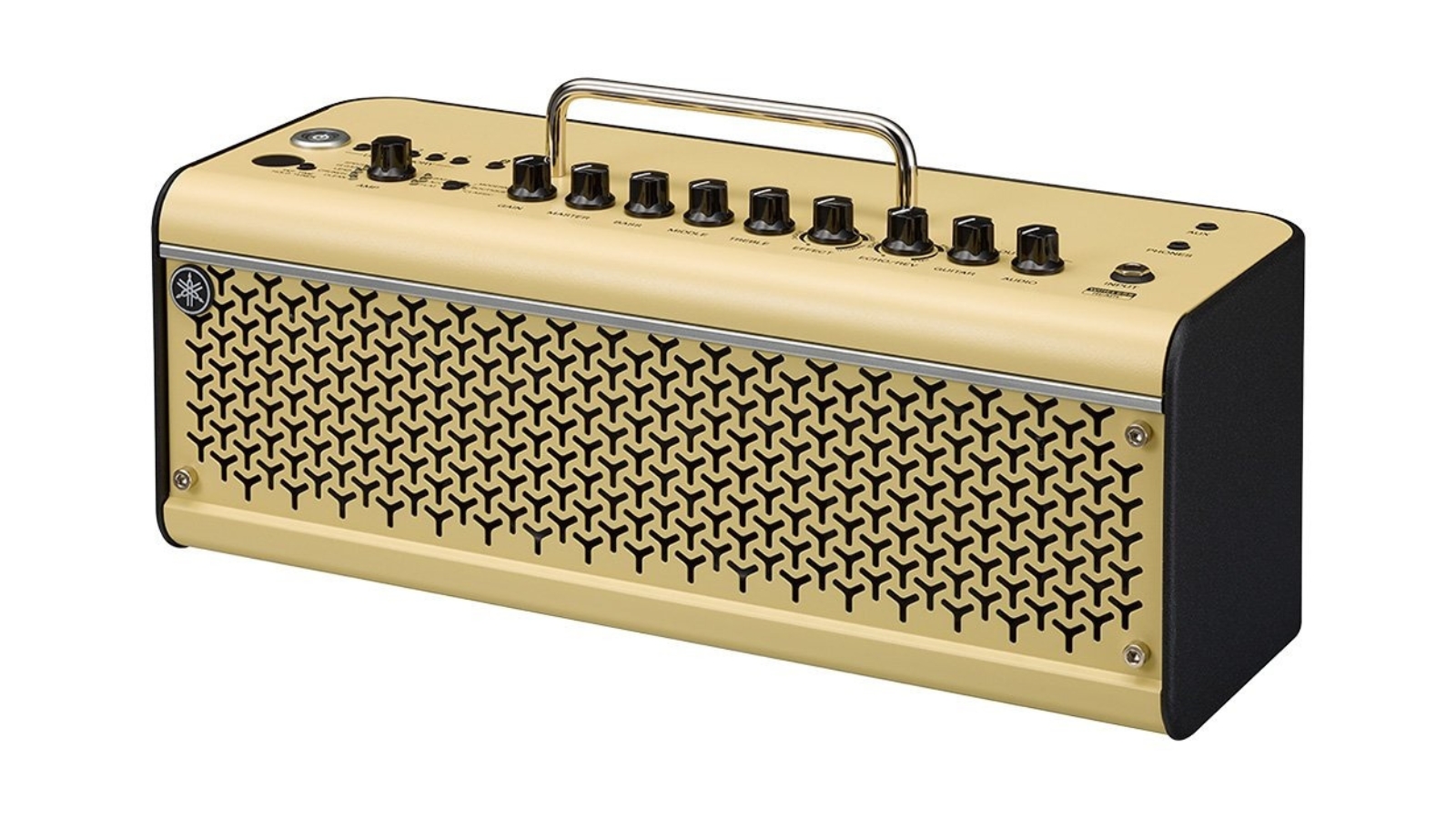
Specifications
Reasons to buy
Reasons to avoid
The Yamaha THR30II-WL is an update to one of the original and best-selling desktop guitar amps ever made. It packs more power, a line out, wireless functionality, and more amp models, taking a modern classic back to the top of the practice amp game.
It looks smart and features a robust build quality too, but is unobtrusive enough to fit into your home pretty much anywhere, be it a desktop or a bookshelf. You can make it wireless with the addition of a Line 6 Relay G10 for around the $100/£100 mark, and with the update you now get access to all of the amp models from a rotary knob on the top panel.
The sound is phenomenal too, from Fender Twin to dimed Marshall, right through to Mesa distorted mayhem, the THR30II-WL covers a lot of ground and covers it well. It reacts to picking dynamics incredibly well, and although there’s an app for editing, you can just tweak the tones using the physical knobs on top of the amp. With a selection of 15 effects, you can add some extra pizazz to your tone including reverbs, delays, flangers, and more.
Read the full Yamaha THR30II-WL review
Best for versatility
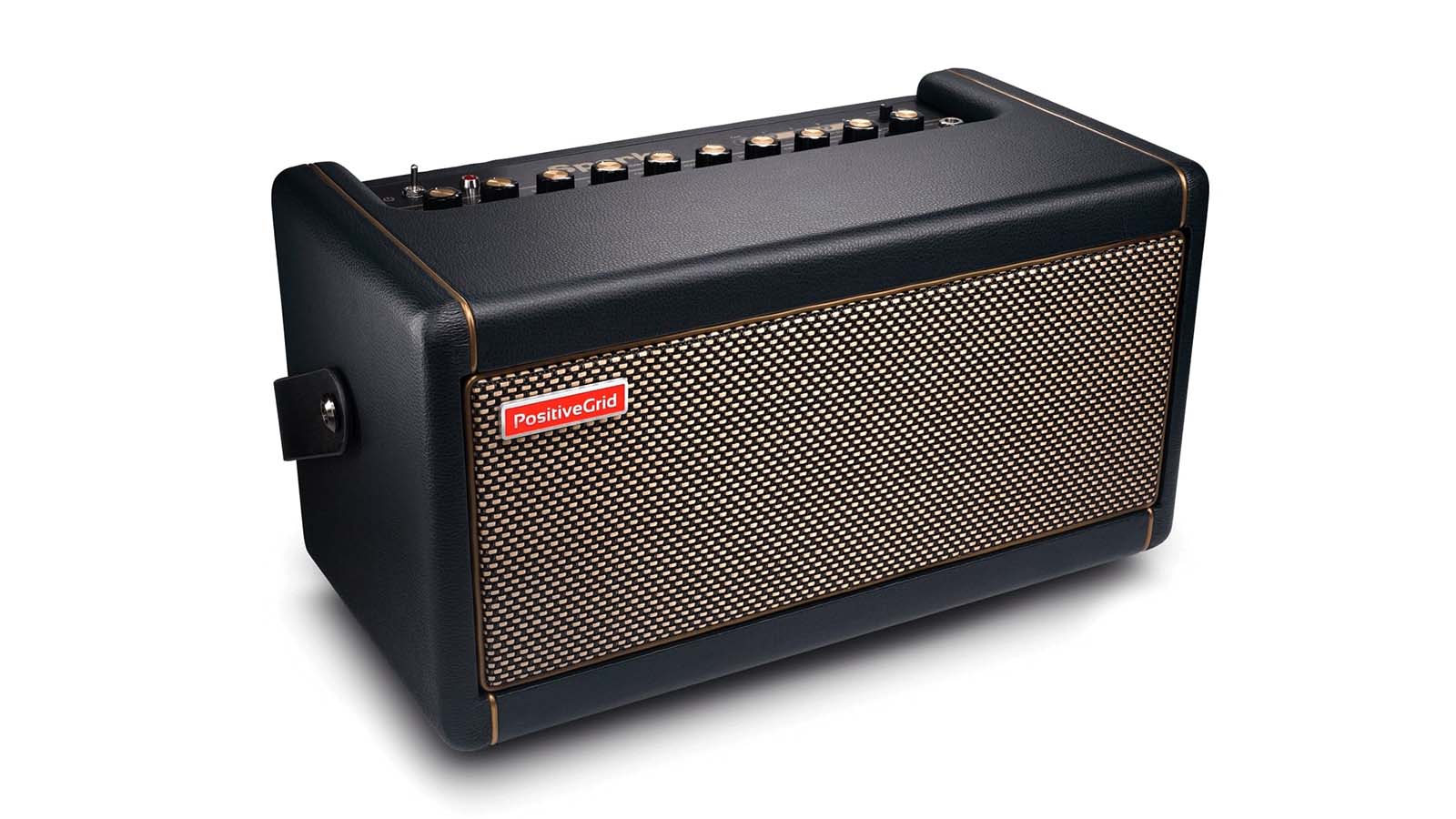
Specifications
Reasons to buy
Reasons to avoid
The Positive Grid Spark 40 is one of the most comprehensive practice amps on the market right now. Based around Positive Grid's BIAS Tone Engine modelling technology, there are few tones this amp can't produce.
Altogether, the Spark has 30 amp models and 40 effects onboard - an already impressive feat - but it's when you fire up the accompanying app that things get interesting. Over 10,000 guitar and bass tones are available in the quickly growing tone library, so you can download any tones that take your fancy - and share your own too.
The Spark's smart features - Smart Jam and Auto Chords - are another thing that makes this amp so perfect for practicing. Smart Jam uses the amp and app to learn your playing style and feel, which then translates into a backing track accompaniment with authentic bass and drum tones.
Auto Chords is one of the Spark's most useful features. Choose any song, and the Spark app will display the guitar chords in real time as you play. You can slow the track down and loop sections too, in order to nail your parts.
Read the full Positive Grid Spark 40 review
Best tube amp
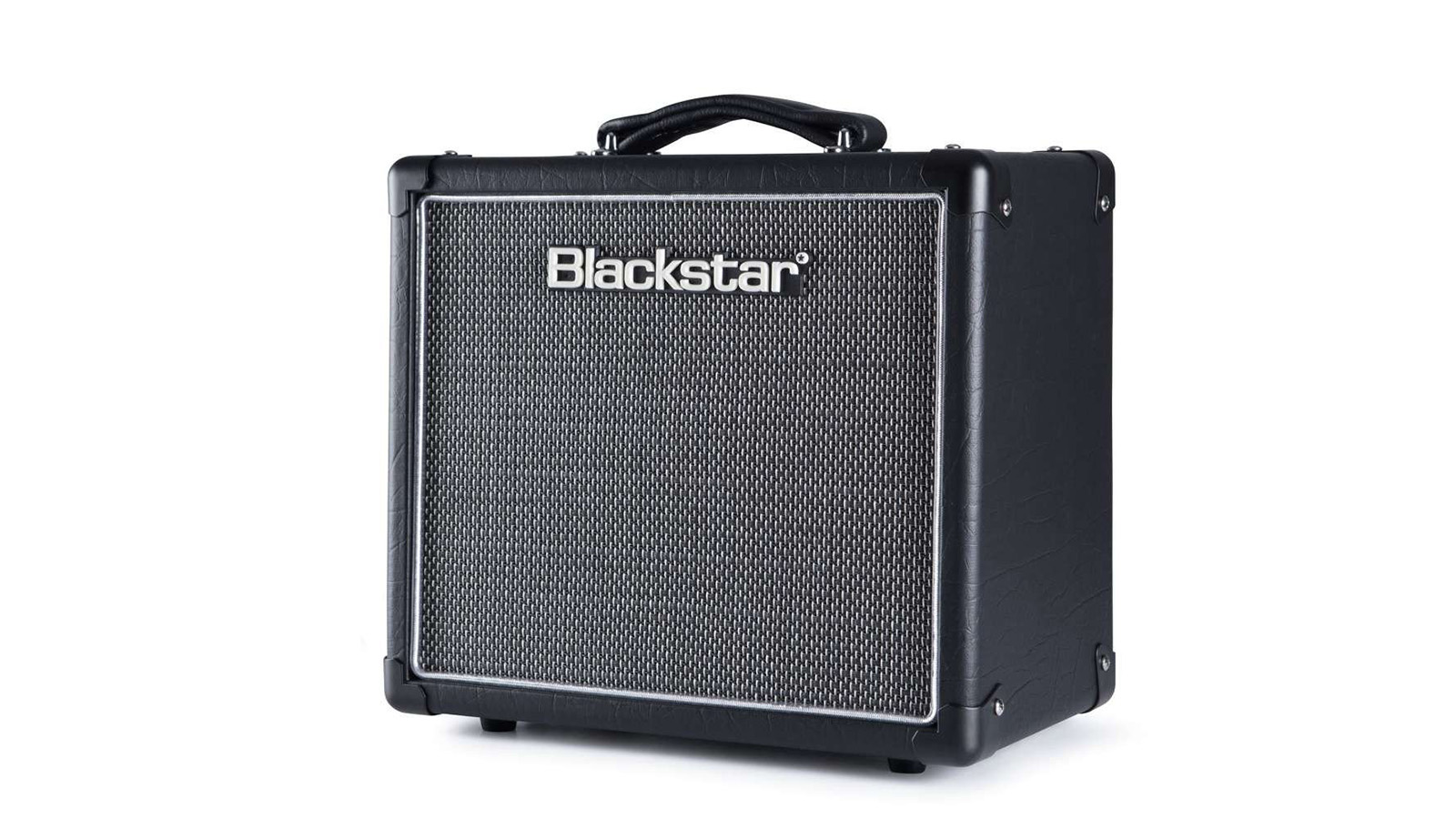
3. Blackstar HT-1R MkII
Our expert review:
Specifications
Reasons to buy
Reasons to avoid
The HT-1R has always been an awesome option for those looking for a domesticated valve amp combo, but since it was revamped by Blackstar, with revoiced clean and overdrive channels, a makeover with white chicken-head controls, it has never sounded or looked better.
Why choose the HT-1R over all these other more digitally advanced rivals? Well, the answer lies in its tone, not to mention its ease of use. The ISF feature (as seen above on the Fly 3) offers just enough control over your EQ to give you options, while the touch-sensitive response of a valve amp feels just that bit more authentic.
We love the cleans. The digital reverb is not going to win awards but it is more than capable of adding a bit of space to your tone. There’s a surprising amount of volume here, but crucially you can have this spitting out plenty of hot overdriven tone without taking the roof off.
Best for simplicity
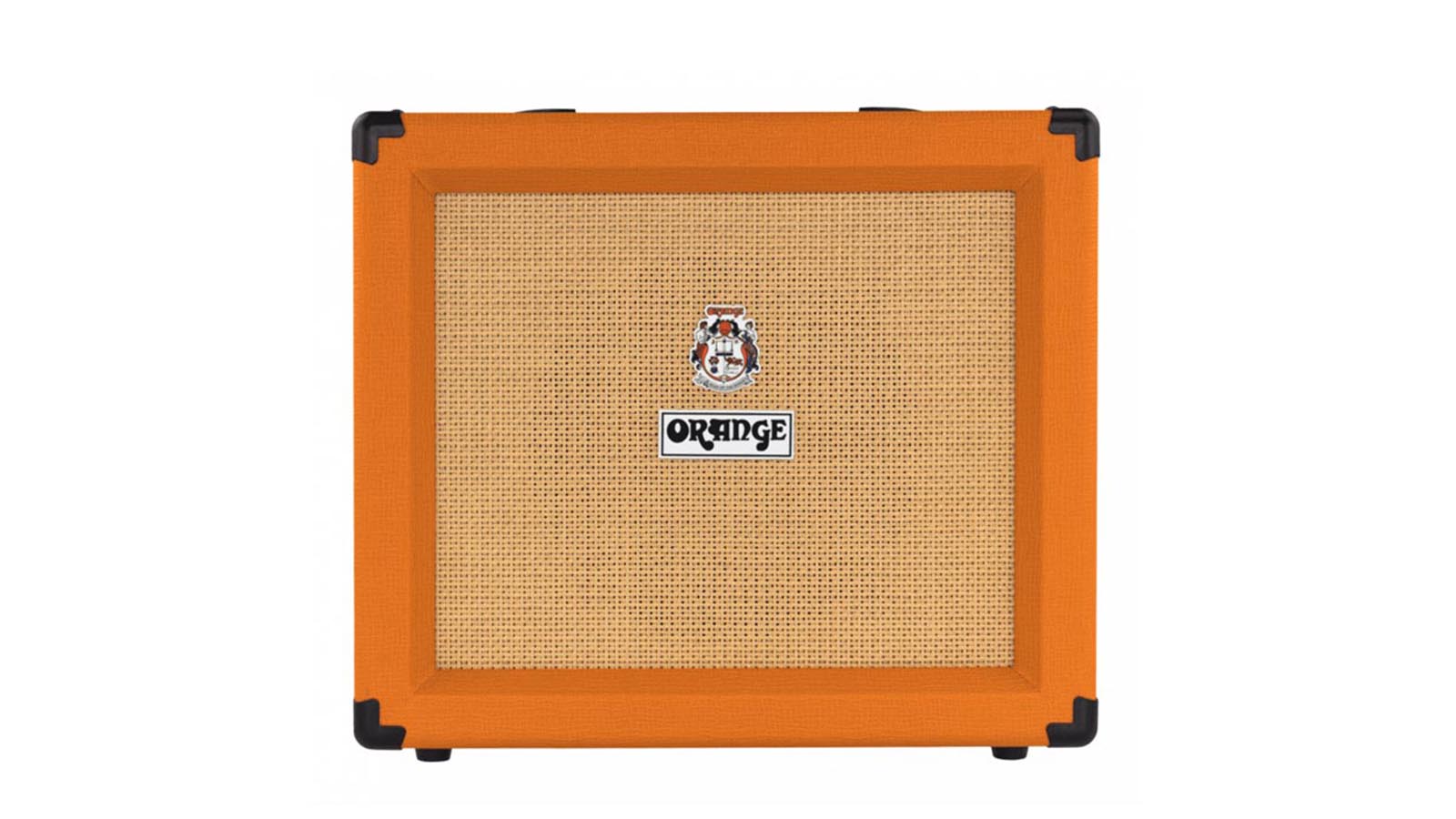
Specifications
Reasons to buy
Reasons to avoid
The Orange Crush 35RT is a small-but-perfectly formed example of clever design and a fine amp manufacturer can do with a transistor-based 1x10 combo. Here we don’t have the bells and whistles of effects and amp modelling, but we do have a lovely sense of space thanks to an excellent digital reverb, and a truly formidable overdriven voice that is ideal for the rockers out there.
Rock is Orange’s bread and butter but the cleans are pretty sweet, too (thanks, reverb). The 4-stage preamp does a lot of heavy lifting when it comes to tone, and we love that Orange has integrated its CabSim circuit to the headphones and line out, making silent practice or recording that bit easier.
The build is exceptional, the layout easy to use, with a 3-band EQ offering plenty of control over your tone. And with fully buffered effects loop, the 35RT makes an excellent pedal platform. No onboard effects can be a negative, sure, but workshopping your own signal path with stompboxes is one of the joys of electric guitar, and this little practice combo makes an excellent base camp for such tonal expeditions.
Read the full Orange Crush 35RT review
Best budget option
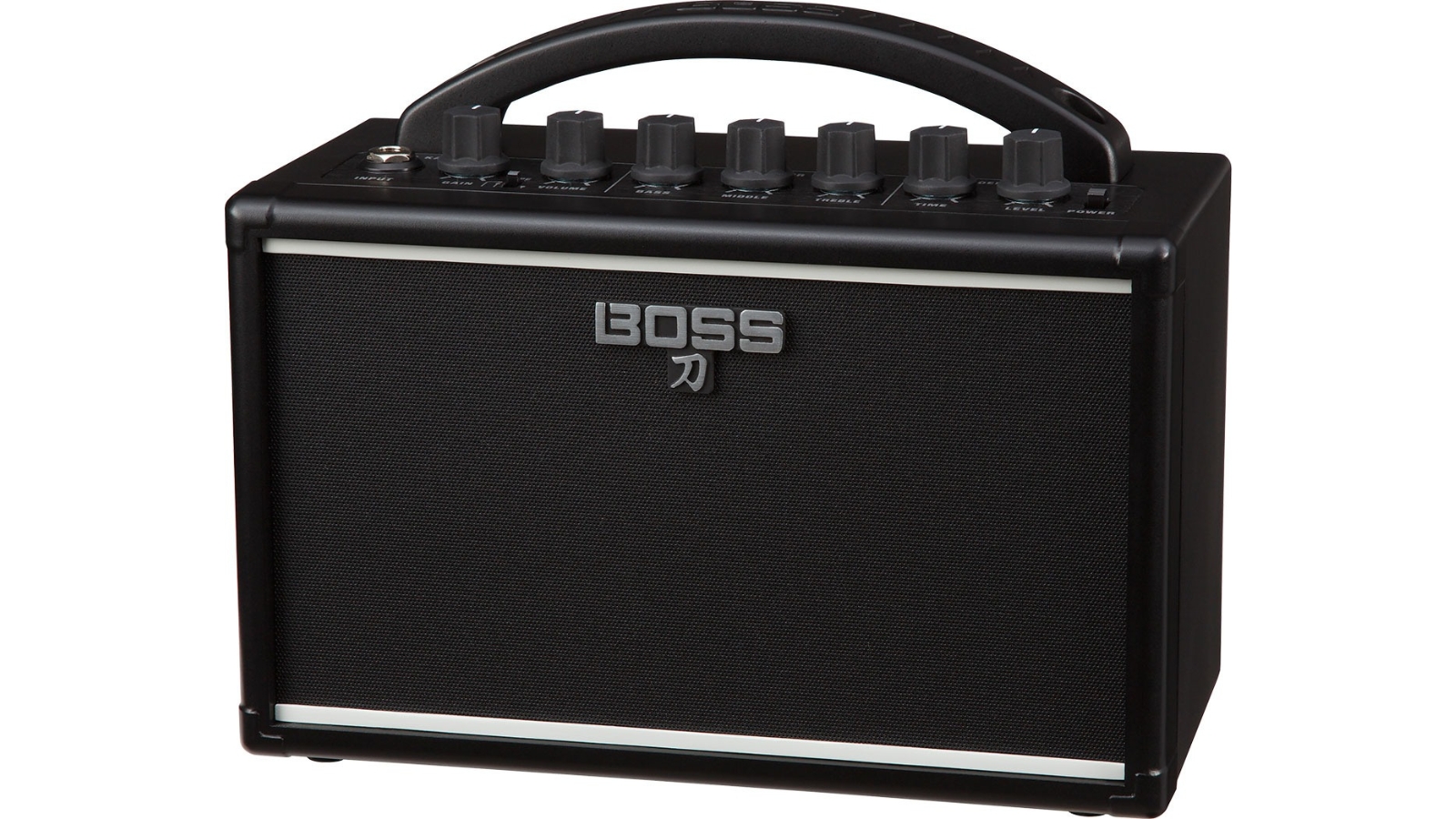
5. Boss Katana Mini
Our expert review:
Specifications
Reasons to buy
Reasons to avoid
The Boss Katana range is synonymous with excellent value amplifiers, and this mini version is probably the best value of all. Whilst it’s not as fully featured as the larger versions, it still gives you an excellent array of sounds for relatively little money.
There are three main modes brown, crunch, and clean covering the trifecta of amp tones from heavily distorted to pristine. They sound great too, although the clean tone is a little boxy sounding due to the size, it’s perfectly usable for practice. The crunch tone does a great job of covering your rock and blues needs, but we loved the brown setting, which will cover pretty much all kinds of metal.
The amp is absolutely tiny, so it’s a great take-anywhere option and can be run on batteries if you need to use it outside of your house. The built-in delay sound lets you add an extra bit of sauce to your soloing, and you can use the dedicated recording out to lay down tracks whenever the mood takes you.
Best compact amp
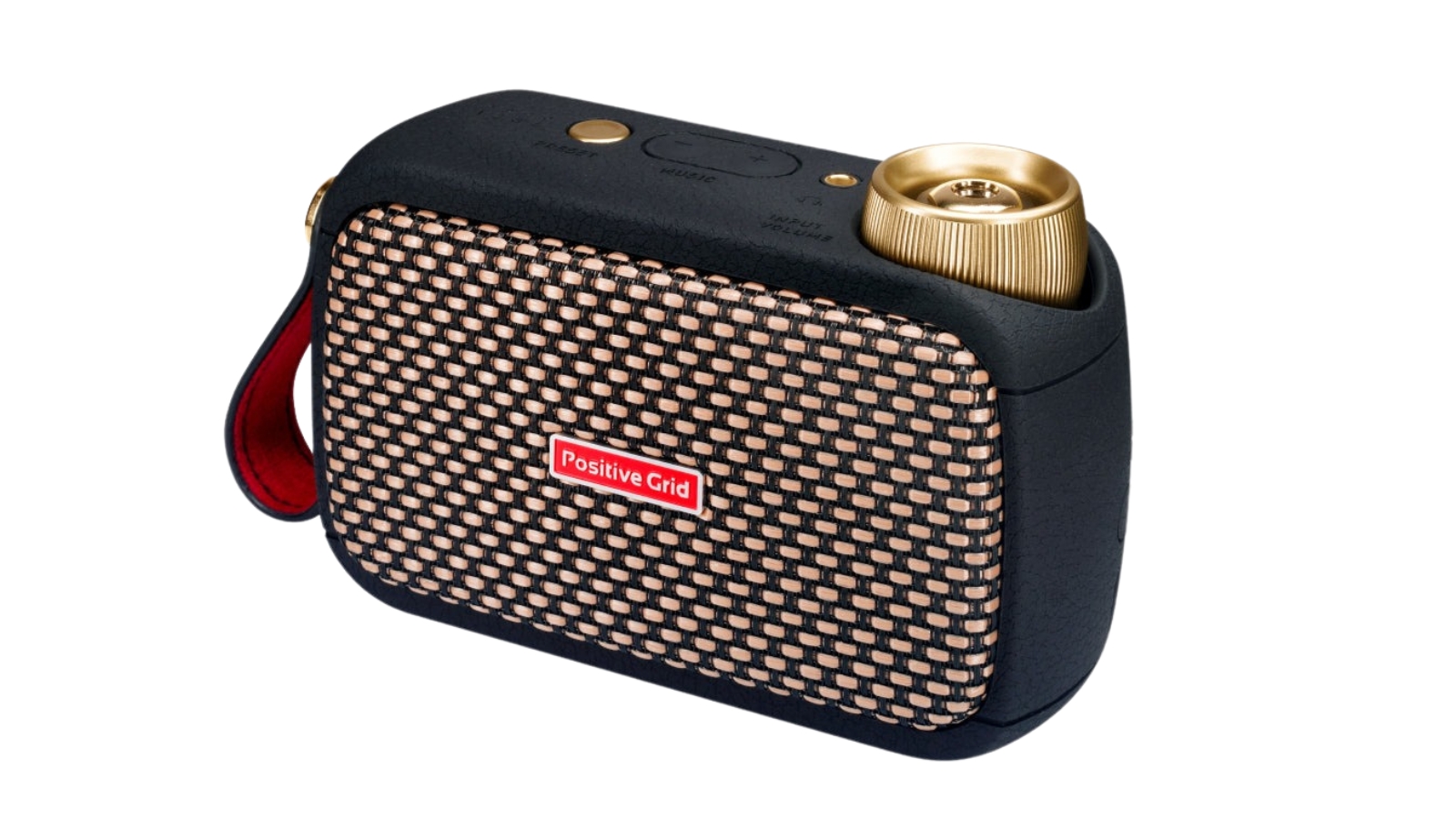
6. Positive Grid Spark Go
Our expert review:
Specifications
Reasons to buy
Reasons to avoid
The Positive Grid Spark Go is a teeny-tiny practice amp with a voice that is far bigger than the minuscule enclosure suggests. Used in conjunction with a dedicated smartphone, it’s one of the most fully-featured practice amps you can buy, and you can take it pretty much anywhere.
As with the other Spark amps, you get a huge selection of amp models and effects that will cover everything from spanky country cleans to full-on metal distortion. Presets are arranged by genre too, so it’s easy to find something to match the song you’re playing. The effects are incredible, and we definitely spent way too long playing with the tape delay emulation on it.
We also love the actually useful practice tools that are included, with full transcriptions of songs available, as well as an AI-powered band to jam with that reacts to your playing dynamics. If you’re looking for a compact practice solution, we can’t think of many better options than the Spark Go.
More options...
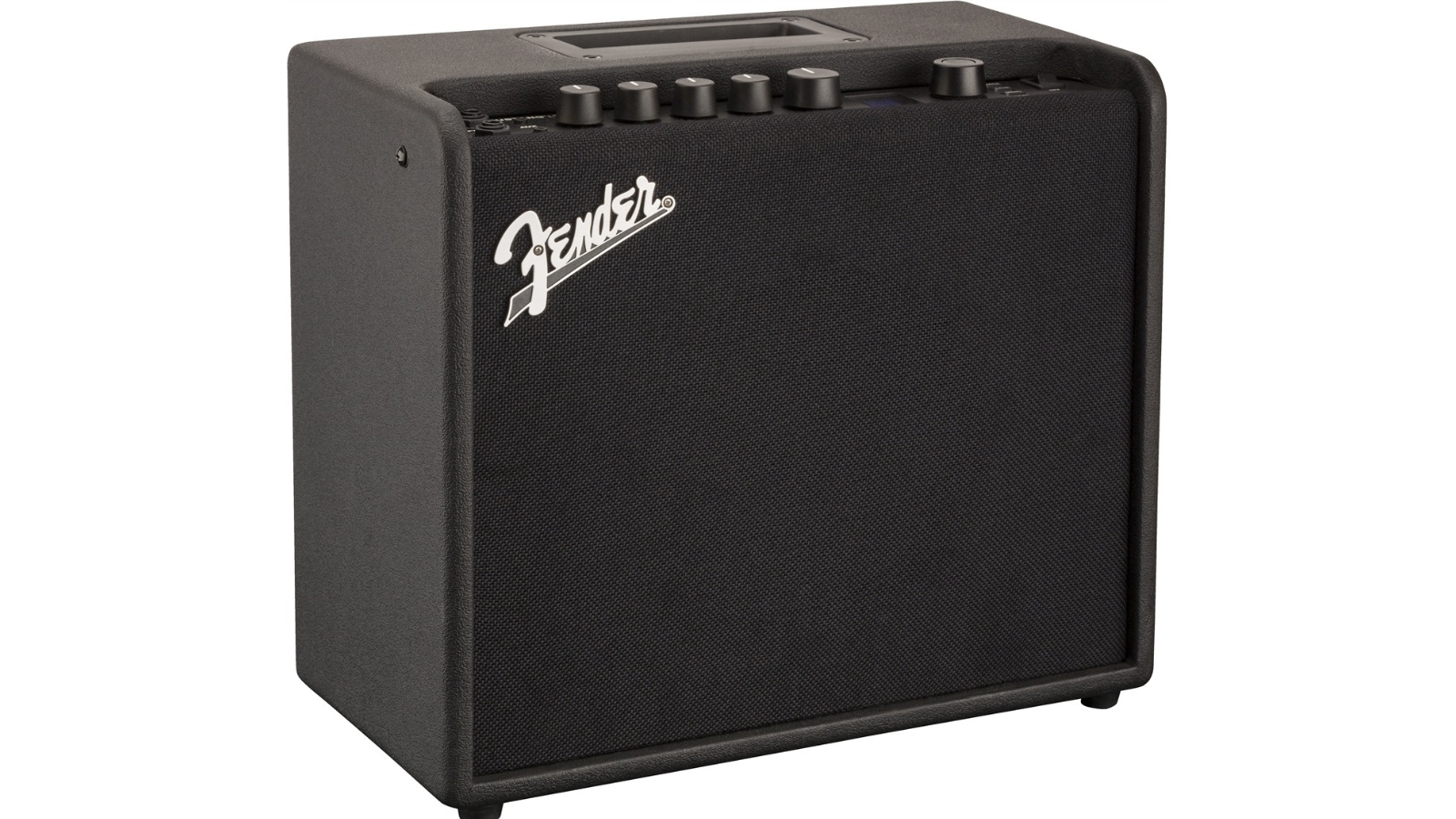
Specifications
Reasons to buy
Reasons to avoid
The Fender Mustang LT25 is a big seller when it comes to Fender’s modeling range of amps and it packs a lot of tones into an excellent value-for-money package, so we can see why. With an easy-to-use interface and lots of great preset tones, it’s one of our favorite amps for getting up and running quickly with a minimum of fuss.
A large encoder is the center of attention on the top panel of the amp, allowing you to scroll through presets quickly or fine-tune settings when you start menu-diving. To be honest, we found it easier to do deep editing via the app, but if you’re the sort who likes to get physically hands-on, you’ll still find a lot of control on offer here.
The selection of sounds is amazing too, with plenty of great sounding presets that require minimal tweaking from the off. All of the Fender staple amp models are covered here, as well as some more high-gain options available. The reverbs and delays sound fantastically detailed, and we enjoyed playing with some of the more unusual effects like octavers and auto wahs too.
Read the full Fender Mustang LT25 review
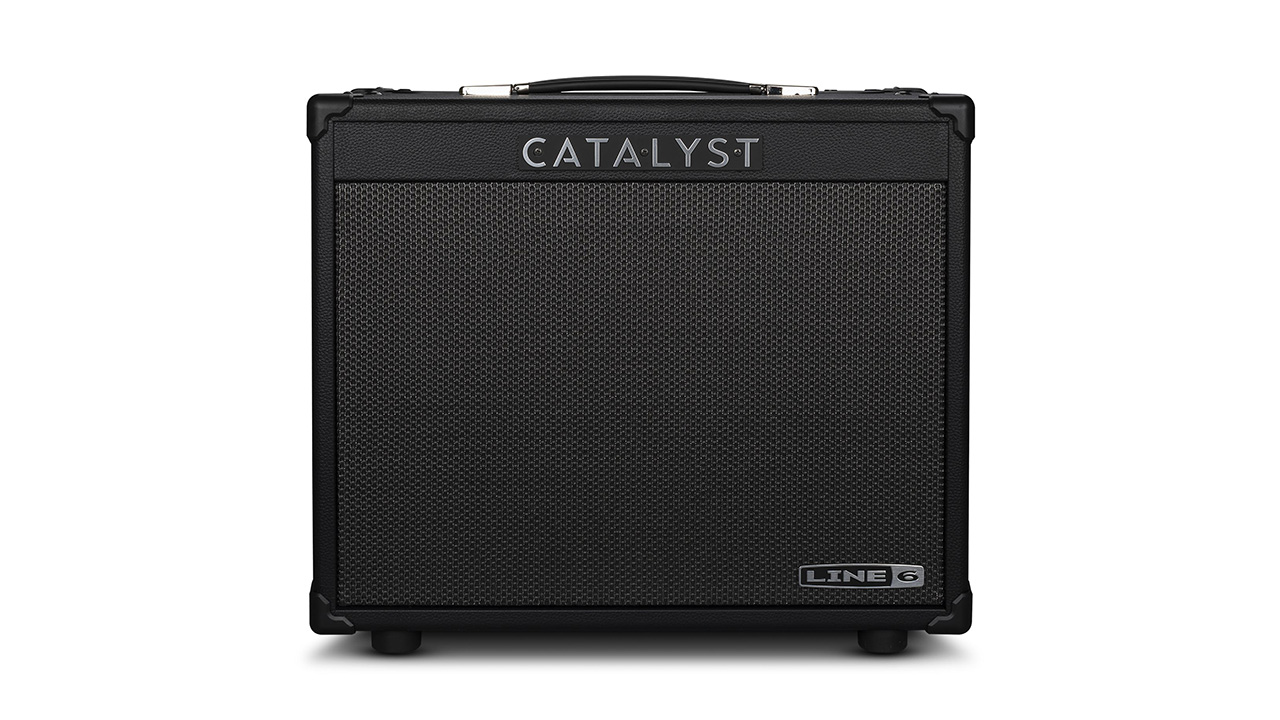
8. Line 6 Catalyst 60
Our expert review:
Specifications
Reasons to buy
Reasons to avoid
Coming from a lineage that’s essentially royalty in modelling circles, the Line 6 Catalyst sees one of the innovators of modelling amps move firmly into the future. Taking some cues from the success of the Katana, this powerful amplifier gives you loads of great tube amp tones and studio-quality HX effects.
Despite having made its name with a distinctly high gain slant, surprisingly this amp only features one true high gain tone. The rest are made of clean, nearly clean, and low gain sounds which are handled superbly. The boutique setting in particular sounds phenomenal with its tube-like breakup and excellent dynamic range.
Some seriously high-quality HX effects give you swirling delays and cavernous reverb alongside more esoteric offerings like a guitar synth and modulation. A USB out lets you connect to Line 6’s Catalyst Edit to do some serious tone tweaking as well as allowing you to record your favourite tones straight to your DAW.
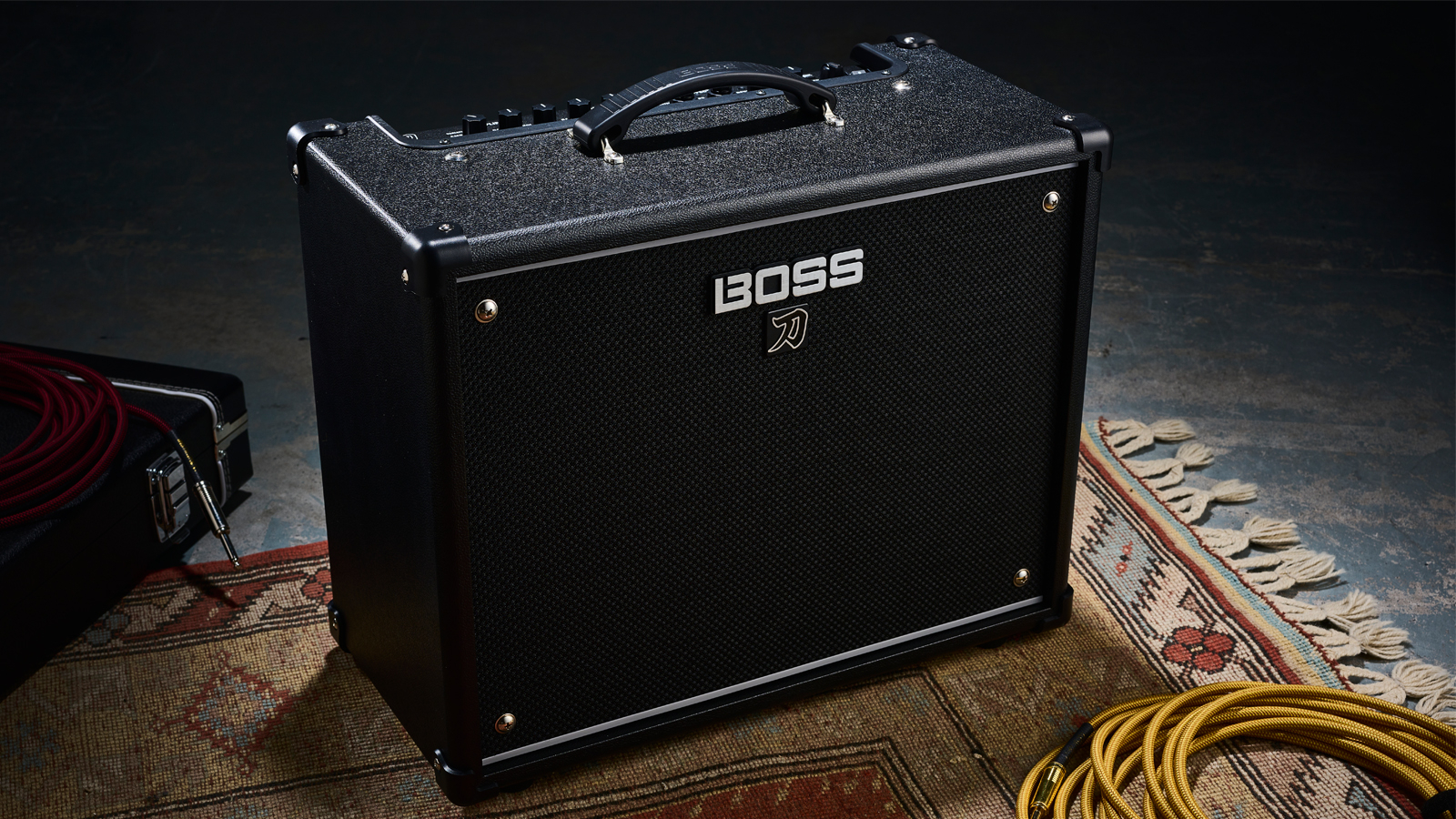
Specifications
Reasons to buy
Reasons to avoid
Topping many a ‘best of’ list, the Boss Katana 50-watt is not just one of the best practice amps, it’s one of the best modelling amps, period. With a powerful 12-inch speaker and a feature set that leaves other amps feeling sheepish, it’s a great little tool to have at home.
There are five amp sounds on offer, each with their own variation going all the way from pristine clean to high-gain grit. The clean sounds are really inspiring, with everything from Strat-like chime to funk tones available. At the other end of the spectrum, the high-gain sounds are super powerful with plenty of low-end grunt and distortion that never sounds fizzy.
Unlike some of its modelling amp competition, the Boss Katana 50 lets you run five effects simultaneously, meaning you can build your own little pedalboard to go with your favourite amp sound. Combine this with four ‘tone setting’ memories and a recording out and you get yourself one seriously powerful practice tool.
Read our full Boss Katana 50 Gen 3 review
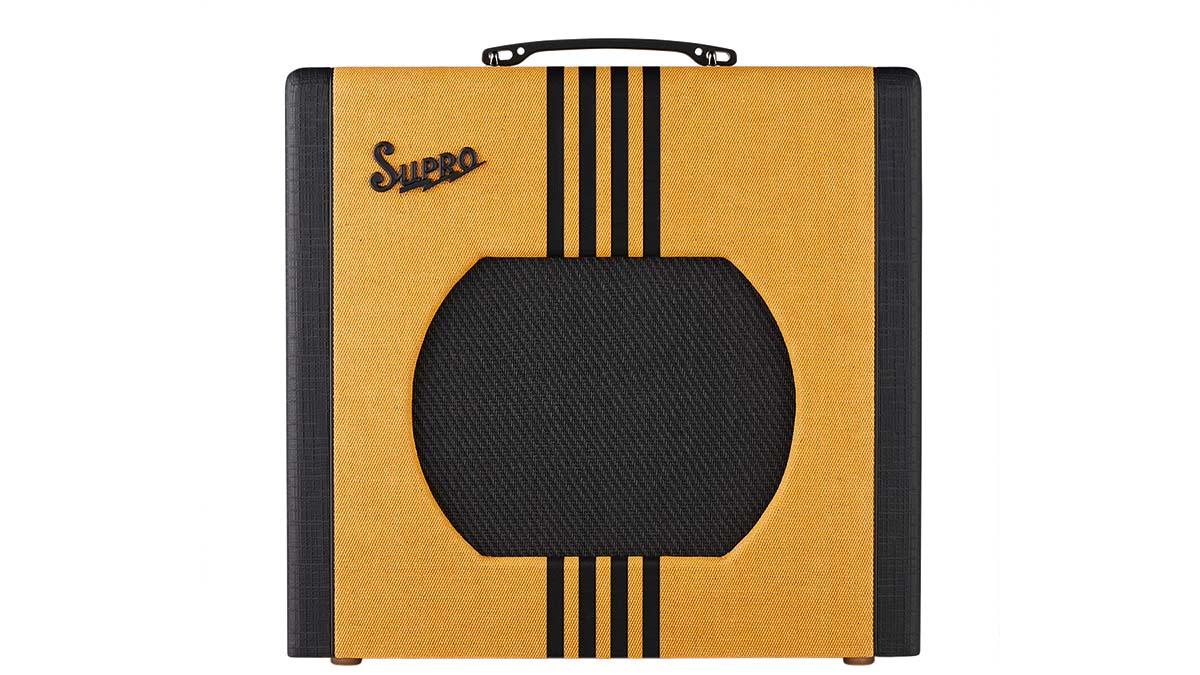
Specifications
Reasons to buy
Reasons to avoid
Supro's Delta King 12 is an all-valve combo perfect for those who want a compact practice setup but don't want to sacrifice on tone. With 15 watts being pumped out through a single 12" speaker, the Delta King is in an especially popular and hotly contested amp category - but this Supro lives up to the challenge.
The Delta King 12 is impressively versatile, with a very comfortable amount of clean volume for a practice scenario. The onboard boost turns the Delta King 12 into a killer dirty amp with enough volume for small gigs, and a FAT setting designed with Pigtronix gives another level of dimension to an already great sounding amp.
Available in a tasteful Tweed with black stripes, as well as Black with cream stripes, this Delta King will look great as part of your living room furniture, as well as on stage.
Read the full Supro Delta King 12 review
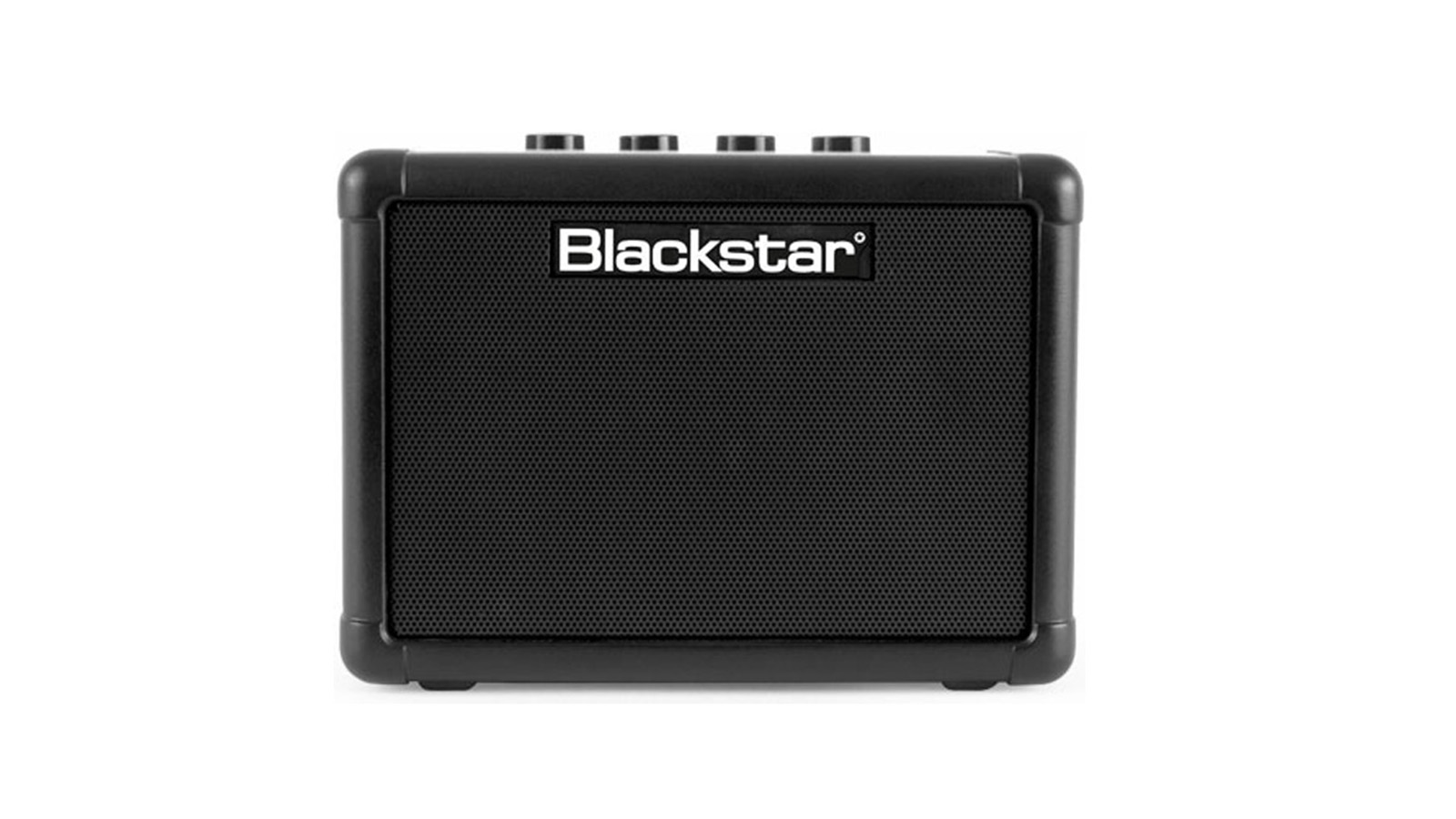
Specifications
Reasons to buy
Reasons to avoid
If the Fly 3 were any cheaper Blackstar would be paying you to take it. It’s good to know you can still get a bargain now and then. But just because the Fly 3 is super-cheap, and, let’s face it, tiny, it still packs a wallop when you crank it up.
Powered by a 6.5V DC power supply or a half-dozen AA batteries, the Fly 3 can be thrown in a briefcase and taken wherever you are taking your guitar. Or leave your guitar behind and play some tunes when you get to the beach through the 1/8” auxiliary input; it’s up to you.
We love Blackstar’s ISF feature at the best of times, which is an all-in-one global EQ control that sets your amp somewhere between “British,” with the midrange all punchy, or “American,” which has a little more bottom and top to it a la classic Fender amps.
Read the full Blackstar Fly 3 review
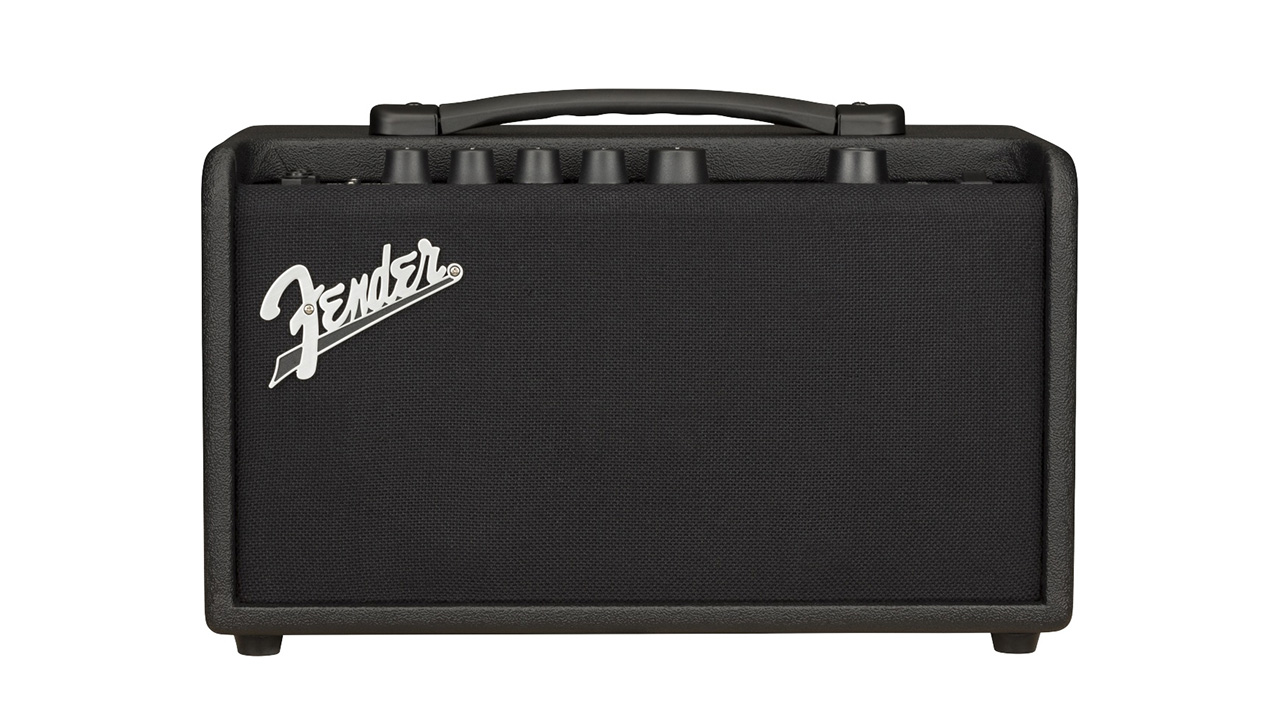
12. Fender Mustang LT40S
Our expert review:
Specifications
Reasons to buy
Reasons to avoid
Fender’s opening gambit in the world of desktop amps takes the formula of its popular Mustang range of modelling amps and shrinks things down to a smaller size. Despite only having two 4-inch speakers, this little amp packs a much heftier punch than you’d expect.
If you’ve ever come across a Fender Mustang amp before then you’ll find the interface and presets very familiar. Despite some serious overuse of the compressor pedal effect, with a little tweaking you can build some great sounds from the 30 preloaded presets. Plus, you get another 30 empty slots to build upon with your own sounds.
It’s an incredibly easy-to-use amplifier that will have you up and running with no need to look at the manual. The LCD display makes it nice and easy to edit your patches whilst the headphone outs and aux input ensure you can get the best out of your practice at home. Fender’s Tone Desktop amp ensures managing your own presets is a breeze.

13. Boss Waza-Air Wireless Guitar Headphone Amp
Our expert review:
Specifications
Reasons to buy
Reasons to avoid
Welcome to the other side of the looking glass, folks, where the idea of the guitar amplifier is taken to its logical conclusion and finds itself magicked into a pair of technologically advanced headphones. What Boss have done here is quite remarkable, and won’t be to everyone’s taste, but those who are looking for a silent practice option with an uncannily tactile and deep range of tones will love the Waza-Air.
It’s basically Boss’s much-loved Katana amp in a set of headphones. You get a wireless adaptor, connect your phone to the bundled Tone Studio app and get going. There is lots to explore.
Once upon a time, playing through headphones was paradoxically hellish, both dull and lifeless yet harsh and too direct. The Waza-Air is nothing like that, with a rich array of tones that sound… Well, they just have that ambience about them, depth.
The Waza-Air does not come cheap but say you’ve got a much-loved valve combo but you can’t crank it in the house, at least not at all hours – this is the perfect solution. There are over 50 effects, Bluetooth audio playback, negligible latency, and the cans look cool and are super-comfortable. Silent practice just got, err, sexy.

14. Vox Adio Air GT
Our expert review:
Specifications
Reasons to buy
Reasons to avoid
We are all accustomed to Vox’s suite of all-valve combos having enough volume to level a city block, but you cannot accuse the British amp manufacturer of trading on past glories when you take receipt of this diamond-grilled desktop amp.
Sure, it looks kind of like a jewellery case, but you won’t find a dancing ballerina under the hood; no, just a whole lot of smart digital processing technology that endows the Adio Air GT with 11 distinct amp voices, allowing you to park yourself anywhere on the tone spectrum between gin-clear and crystal cleans to high-gain chug. Sure, we hear you; how can two 3” speakers chug? Well, as with the THR10II, the quality and depth of sound really is impressive.
With battery power, it’s ideal for taking down to the beach or to the street for some busking. Again, like the Yamaha it is a desktop amp that’s tooled for multi-functionality, listening to music, portability, and so forth. But we think it is a truly superlative practice tool, that sounds great at low volumes and has enough range to give young players invaluable experience when trying to learn different guitar styles.Oh, and we know and love Vox for the AC30 chime and hot grit, well, the Adio Air GT does a more than capable job of that, too.

15. Roland CUBE-10GX
Our expert review:
Specifications
Reasons to buy
Reasons to avoid
The CUBE-10GX applies Roland’s COSM amp modelling technology to effectively create a three-channel practice combo, throwing in a handful of effects under a single control to make for a simple yet surprisingly tweakable performance.
Really, it could not be easier. There are three amp types, each changed by a switch: Clean, Crunch, and Lead. There is a 3-band EQ for sculpting your tone. Turn the effects control and you cycle through chorus, delay then reverb, terminating at a nice and splashy spring reverb setting.
The construction is rugged. The projection out of the 8” speaker will raise eyebrows, too. It’ll fill the room. There’s a reason why everyone who owns one of these loves it. Oh, and if you are not really feeling the preloaded COSM amp models, you can swap them out with the accompanying CUBE KIT iOS/Android app.
Best practice amps: Buying advice

When buying the best practice amp, a lot of the considerations should be the same as purchasing any guitar amp. You want great sound, a good price, and versatile connectivity. With a practice amp, you will likely want different tones for different situations, and you may also want to record your ideas from home, so it’s important to ensure the amp you choose has everything you need.
How big should my practice amp be?
It's important, first of all, to think about the size of your amp. It’s a practice amp so presumably, you’ll be using it at home. This means it will need to fit in easily to your existing storage solutions. Desktop amps are a great choice if your home is tight on space, as you can keep them on your desk or pop them away easily on those Swedish-made shelves.
If you're after an amp that sounds big, then speaker size and cabinet size are definitely things you'll need to consider. A larger speaker has better bass and low-end response, and if it's in a larger cabinet, you'll receive more resonance and bass response from that.
If it's going to be out on show all the time, then perhaps finding a tiny amp isn't such an issue - but you might want to consider how it looks for the sake of your home's aesthetic.
Should I get a head or a combo?
Many practice amps will take the form of a combo, that is a guitar amp both housed in the same cabinet as the speaker – an all-in-one solution. The sheer convenience of combo amps makes them the easy favourite, but head & cab setups have their place too.
While there are no out-and-out heads in this guide, amps such as the Blackstar Fly 3, Yamaha THR10II and Blackstar HT-1R MKII can all be used to drive an external speaker cabinet if you so wish. This can be super useful if you occasionally jam with friends, but more often than not, home practice doesn’t require the upscale-able features of a head and cab arrangement.
How powerful should my practice amp be?
Realistically for home practice, you won’t need more than 20 watts and even less if it’s a tube amp. There may be times when you need a little extra volume to jam with a friend, but for the most part, you’ll be playing by yourself and won’t want to interrupt those who share your home with you. Some of these amps will drive an external speaker if you really feel like you’re going to need some extra juice.
If you’re going down the valve amp route, then as little as one watt will suffice. With practice-specific valve amps, low power is key. You want to be able to turn up the volume on your valve amp in order to get the best tone, so it’s best if this can be done without blowing your eardrums out.

How much should I spend on a practice amp?
Knowing how much you want to spend on a practice amp is a pretty key factor when looking to purchase one. You’ll have thought hard about the physical size and power output of your new practice amp, but you need to make sure that your dream amp specs are affordable.
Do you want something simple and straightforward like the Blackstar Fly 3 or the Orange Crush 35RT? If so, you’ll be spending less than $/£200 - but getting less in the way of cool features and added extras.
If you want something with added extras, special features or something all-valve, then you’ll need to up your budget closer to the $/£500 mark. Your guitar tone will be better, and you’ll likely have effects or multiple channels to choose from, but you’ll be spending a fair chunk of cash.
Are tube or solid state amps better?
No amp debate would be complete without the tube vs solid state argument. However, in this situation, solid-state amps are going to take the majority of the plaudits as they give you the same sound regardless of volume. They’re also cheaper, so you’re more likely to see additional features like onboard effects, Bluetooth, and recording outs that will help augment your practice regimen.
That said, more and more tube amps are starting to come with power attenuation options, which allow you to get that cranked tube tone at lower volumes. For tube-tone enthusiasts who can’t do without the real thing, this gives you a great option to use an amp with a similar response to that of the one in your full-size rig.
If you use effects in your regular rig, getting a practice amp with some onboard effects is a no-brainer. Adding reverb, modulation and delay will enhance your practice, inspiring you to write new music that you can then take to the rehearsal space or lay down in the home studio. More and more practice amps come with a full suite of studio-quality effects, so it’s definitely worth checking out the effects list to see if it’s got what you need.
Additionally, connectivity is worth factoring into your elimination process too. USB recording outs will allow you to record your ideas as soon as inspiration strikes, as well as create demos to send to the rest of your band mates. If you’ve already got a pedalboard you use, looking for an amp with an FX Loop will allow you to run your time-based effects into it. This helps to increase the articulation and clarity of your delays and reverbs.
How we choose the best practice amps
In selecting the best practice amps, our writers at MusicRadar bring a depth of real-world experience and expertise to guide you in making the optimal choice for your musical journey. Many of us are seasoned guitarists, deeply ingrained in the world of amps, having spent countless hours both on stage and in the studio. This practical, hands-on experience is the bedrock of our recommendations, ensuring they resonate with the diverse needs of our audience.
Our team doesn't just scrutinize specs; we plug in, turn up the volume, and let the amps speak. This immersive approach allows us to evaluate not just the technical aspects but also the nuanced characteristics that make an amp the right match for your practice sessions. From the feel of the controls to the responsiveness of the tones, we aim to capture the essence of each amp through the lens of our own playing experiences.
As musicians ourselves, we understand the importance of finding an amp that not only suits your budget and technical requirements but also inspires your playing. Our selection process is a fusion of technical know-how and a genuine passion for the craft, ensuring that each recommended practice amp is not just an instrument but a key player in your musical journey.
Find out more about how we test music gear and services at MusicRadar.
Related buying guides
- The best budget guitar amps under $500/£500
- Best guitar amps under $/£1,000: top heads and combos
- The best metal amps: heavyweight heads and combos
- The best acoustic amps for buskers and gigging guitarists
- Practice more with the best guitar amp headphones
- Is space an issue? Here are the best desktop amps
Get the MusicRadar Newsletter
Want all the hottest music and gear news, reviews, deals, features and more, direct to your inbox? Sign up here.
Jonathan Horsley has been writing about guitars and guitar culture since 2005, playing them since 1990, and regularly contributes to MusicRadar, Total Guitar and Guitar World. He uses Jazz III nylon picks, 10s during the week, 9s at the weekend, and shamefully still struggles with rhythm figure one of Van Halen’s Panama.
- Matt McCrackenJunior Deals Writer
“Its mission is simple: unleash the power of any amplifier or line-level source without compromise”: Two Notes promises a “watershed” in tube amp control with the Torpedo Reload II
“A pedal that sings with harmonic richness and blooming touch response”: Tone King offers up boutique tube amp tones for your pedalboard with the Imperial Preamp